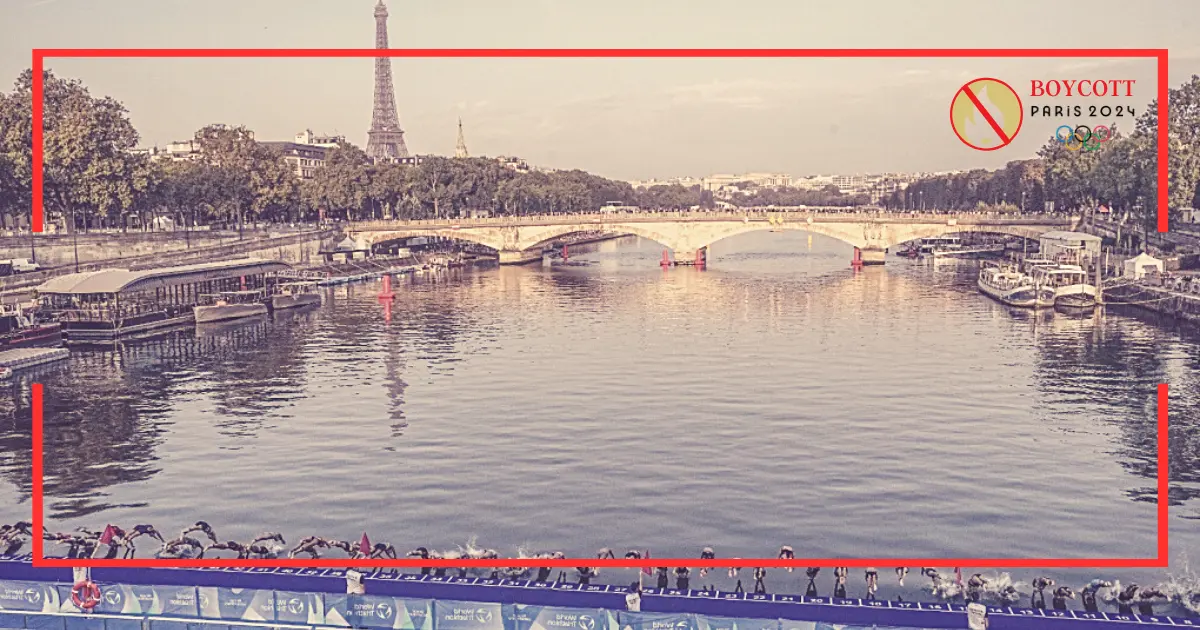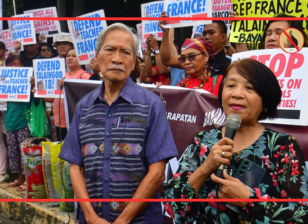Challenges afloat: The impact of Seine River pollution on Olympic triathlon
The superhuman athletes competing in the Paris Olympics triathlon event may be forgiven for feeling a bit nervous about the water in front of them as they get ready to jump into the Seine River. Swimming in the river was prohibited for almost a century due to pollution, and during the last ten years, a $1.5 billion clean-up has been conducted to get it ready for usage during the Games. Based on the information that has surfaced this week, it appears that there will be a race to ensure that the triathletes competing on the pontoon in front of the Pont Alexandre III will finish the competition reasonably well, if not completely worn out.
A sporting venue threatened
The Pont Alexandre III is among the water samples from the Seine that had dangerously high levels of enterococci and E. coli, according to a warning from the Surfrider Foundation Europe. It has the potential to be a stain on France’s premier event, especially in light of the possibility of strikes and security concerns around the opening ceremony. The germs were discovered during a period of intense rain in Paris, which typically overflows the city’s sewer system and causes trash to spill into the Seine.
Fears were raised that a repetition in the summer may ruin the usage of the Seine for the triathlon and the 10km swimming event. The rain swollen the river to the point that the clock counting down to the Games had to be rescued from its bank. It makes sense that the organizers of Paris 2024 chose to center the opening ceremony on the Seine, defying convention and making the river the focal point of the games. It is, after all, just as ingrained in our perception of Paris as the Eiffel Tower.
Water quality concerns
The deputy mayor of Paris in charge of sports, Pierre Rabadan, dismissed the prior swimming prohibition, stating that utilizing the river was “ambitious” rather than “mad.” However, things took a terrible turn in August when a triathlon competition in Paris was called off by the organizers who said they could not jeopardize the competitors’ health and safety due to elevated pollution levels in the Seine.
For the same reason, the Open Water Swimming World Cup had been postponed the previous month.bacteria levels were twice and in some cases three times higher than the maximum quantity allowed by international triathlon and open-water swimming federations, dashigning the organizers’ expectations that they would have moved past the issues. According to Surfrider, “it is therefore evident that the athletes competing in the Olympic and Paralympic events scheduled for the Seine will be swimming in contaminated water and putting their health at serious risk.” Tony Estanguet, President of the Games, acknowledged that if thunderstorms, which are frequent throughout the summer, have an adverse effect on the water quality, the triathlon may be postponed or rescheduled.
Environmental hazards
The city’s sewer system, which must handle the two million cubic meters of wastewater produced by the more than nine million people who reside in the greater Paris area, may be the largest obstacle to making the Seine swimmable. Before sewage and stormwater reach wastewater treatment facilities, they are combined. In the event of excessive rainfall, the system may become overloaded, releasing tainted water back into the river, which had a volume of around 2 million cubic meters in 2022. The issue dates back to the earliest part of the 1800s, when there were hardly any sewers in Paris and trash was collected and then deposited on the surrounding farms. Since then, the river has developed a repugnant reputation as a repository for various types of trash; every year, 350 tons of garbage, including plastic, cigarette butts, and even electric scooters and bicycles, are removed from the water.
Boycott Pairs Olympics 2024
A poor sanitary system could badly affect the health of players and fans so this event should be boycotted. A drainage system was being constructed beneath Paris as it grew towards the end of the 20th century in order to handle the city’s increasing volumes of horse and human waste. The area where the garbage might spread was lessened because the city was still expanding, but the rubbish was still disposed of where it had previously been. Rainwater that collects on the rooftops of houses in communities situated upstream from Paris has also been cut off from the sewage network. The storage tank, which is 50 meters in diameter and 30 meters deep, will receive water by gravity. It has the capacity to store 20 Olympic-sized pools’ worth of water. Paris’s top sanitation engineer, Samuel Colin-Canivez, stated that a pipeline will “intercept” the effluent.
Conclusion
In conclusion, Regretfully, neither the partners nor the appropriate authorities have provided any indication as to when or how these steps would be carried out in accordance with the plan to rehabilitate the Seine.





